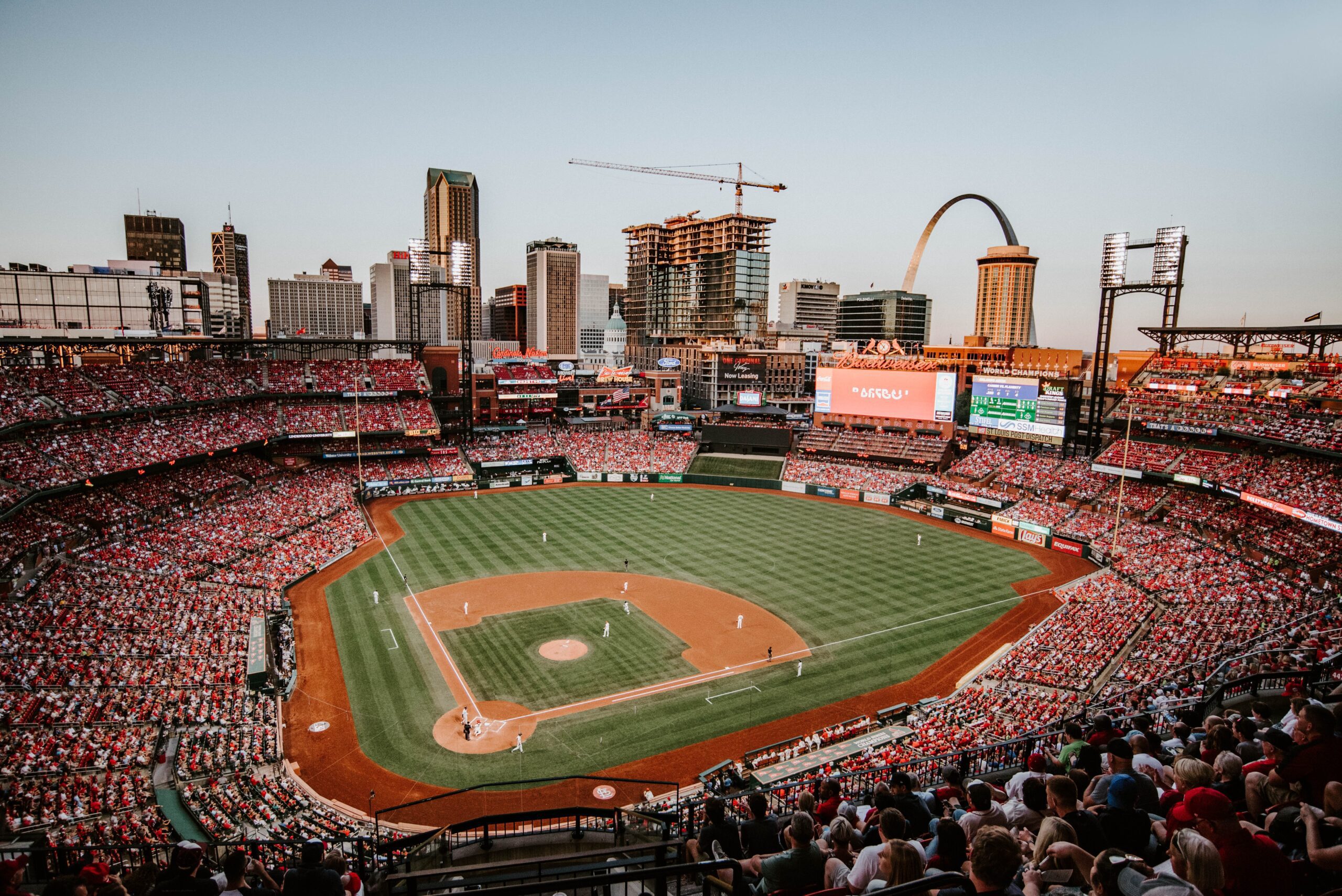The St. Louis Cardinals have been a model of consistency on the baseball diamond. Since 2006, the National League club has finished first or second in their division 12 times. The year 2006 also was when the “new” Busch Stadium, aka Busch Stadium III, opened. In the past 16 years, the team has consistently demonstrated its commitment to ecologically responsible practices.
Energy was a primary initial target of the team’s sustainability efforts because power costs consume 20% of the stadium operations’ budget. The club used data to improve its energy efficiency, much like it does to improve its on-field performance. In 2007, the Cardinals became one of the first pro sports teams to join Energy Star’s energy management program. The “Portfolio Manager” tool generated valuable data that allowed the Cardinals to track energy consumption better and better adjust to weather situations. The team was so happy with its Energy Star’s experience that it co-sponsored sustainability training for other pro baseball stadiums.

The stadium’s energy-efficient and cost-cutting moves featured switching to compact fluorescent lights, enhancing building insulation, upgrading the HVAC, and creating a lighting control system.
The Cardinals experienced a 23% decrease in energy consumption from 211.8 kbtu per-square-foot to 161.2. This reduction placed Busch Stadium’s energy use 39% better than the national average. These measures helped the team save more than $300,000 from 2007 to 2010 alone.
The Cardinals continued its data-driven approach to sustainability when the team commissioned an energy audit in 2011 that came up with almost 200 energy improvements. “We look at it more as a journey of continuous improvement, rather than attaining a goal or destination,” said Joe Abernathy, VP of Stadium Operations. In response to the audit, the team swapped more than 1,000 traditional lights for LED ones, which could save up to 90% in lighting demand in certain areas of the stadium.
The Cardinals achieved additional electricity savings by improving the ventilation control system along with the HVAC. A new steam plant can recover heat from waste condensation, which decreases the need for $5 million gallons of cooling water. Overall, Busch Stadium was able to lower its water consumption by 10% by 2011.
In 2011, the team also placed a 106-panel solar array above the concession area and ticket building. The array can produce around 32,000 kWh annually, which equals the electricity needed to cook approximately 4 million hot dogs or power the stadium’s scoreboards.
“We’ve installed a 25-kilowatt solar array that gives us the ability to generate enough clean energy to power all of the retail stores at the ballpark. It’s not a whole lot of energy, but every little bit helps,” proclaimed Abernathy. “We think it’s a great way to demonstrate how solar works and how renewable energy works in St. Louis. We hope to be a proponent of clean energy and educate our fans about the importance of renewable energy.”
The Cardinals have long engaged fans in its sustainability initiatives. In 2008, the team launched its “4 a Greener Game” program, where Green Team volunteers get people interested in the three R’s — reduce, reuse, recycle — and collect recyclables during the game. The Cardinals’ annual “Green Week” also emphasizes the importance of recycling and being energy-wise.
Food waste forms another significant part of “4 a Greener Game.” In 2019, more than 226 tons of food were diverted from landfills, while 10 tons of food, equivalent to 13,000 meals, were donated to those dealing with food poverty through Operation Food Search. The Cardinals also participated in the EPA’s WasteWise program, which assists organizations in decreasing and recycling solid and some industrial waste.

The EPA saluted the Cardinals for “A Decade of Partnership in Sustainability” and honored them with its Food Recovery Challenge Regional Award in 2019. “Thanks to their initiative and innovation, the St. Louis Cardinals have helped the greater community reduce hunger while also protecting our environment by diverting food waste from landfills,” said EPA Region 7 Administrator Jim Gulliford.
The EPA’s recognition wasn’t the only accolades the Cardinals and Busch Stadium have collected. The team received a Sustainability Award from the Partnership for Downtown St. Louis and the Downtown Community Improvement District for an Earth Day-inspired E-cycling event. The St. Louis Green Business Challenge presented the Cardinals with an Award of Achievement for the success of its Green Teams. Missouri Waste Coalition gave the Cards’ its Environmental Stewardship Award for its outstanding work regarding improving, protecting, or restoring natural resources.





